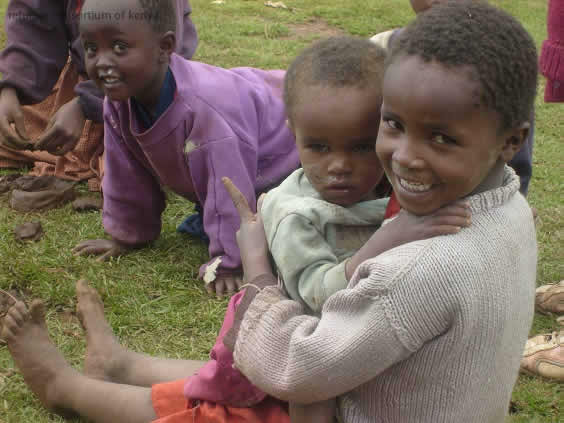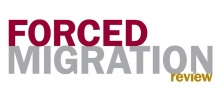Crisis in Kenya: land, displacement and the search for 'durable solutions'
This policy brief explores the importance of land issues in forced displacement in Kenya, drawing out their implications for current humanitarian and early recovery interventions in the wake of the violence and displacement that followed the 2007 elections. Key messages nclude:






